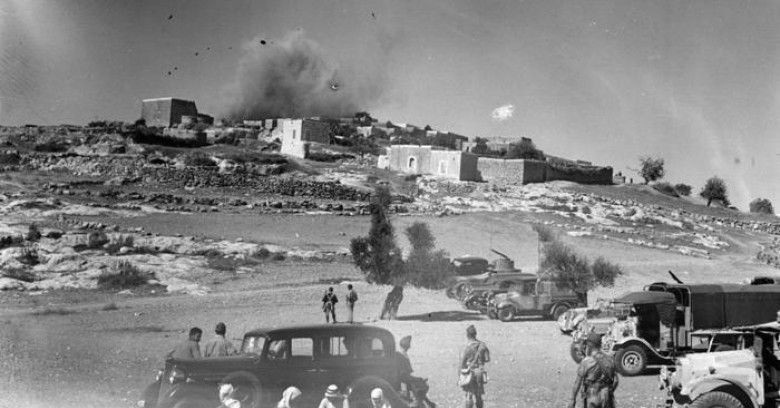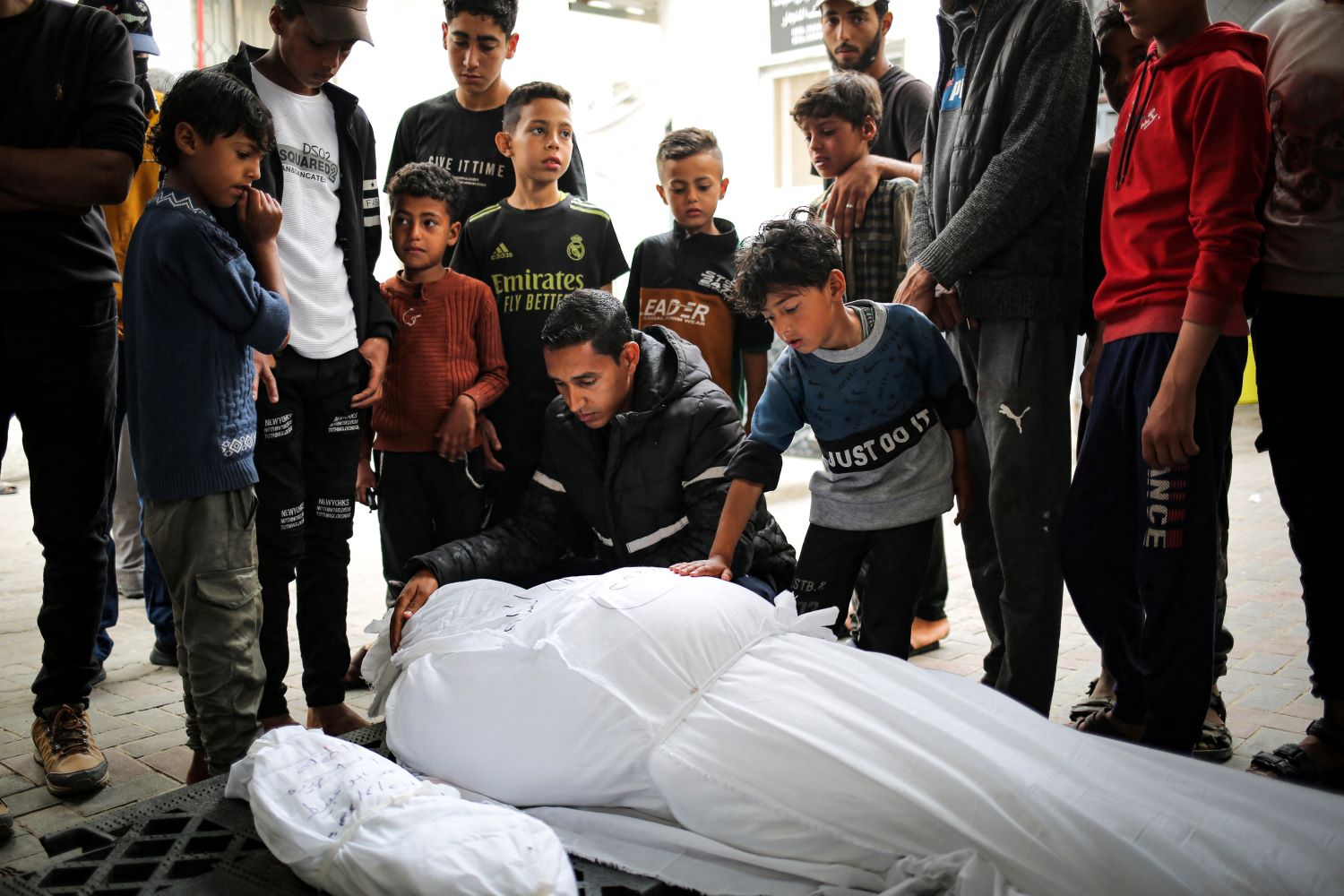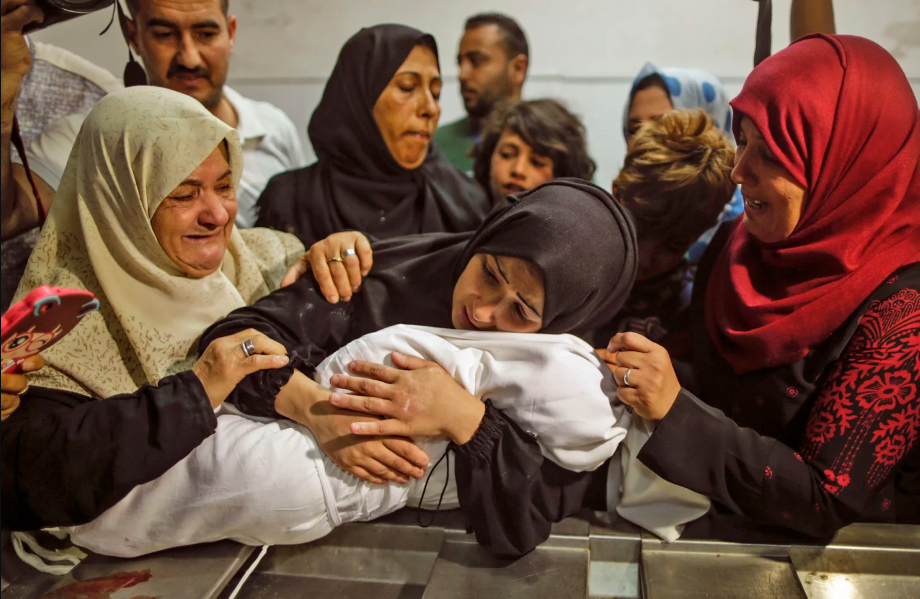RAMALLAH, April 20, 2017 (WAFA) – The Palestine Monetary Authority’s Business Cycle Index (PMABCI) for April improved in Palestine‘s overall index at the backdrop of a rise in the West Bank index and despite a decline in Gaza Strip index, the PMA said in a report published Thursday.
The overall index increased from negative 12.1 points in March to around negative 7.9 points in April, but remained well below the corresponding month in 2016, when it stood at 3.2 points, said the PMA.
The PMABCI is the monthly state and evolution of economic activity in Palestine by tracking the performance of the industrial sector, especially fluctuations in production and employment levels and their implications for the economy at large.
After three months of continuous decline, the West Bank‘s index picked up from negative 9.7 points to around negative 2.2 points, but remained locked in the negative area since January this year.
This improvement came as a result of a rise in all industrial sub-sectors‘ indices, except for leather, whose index slightly declined.
The highest increases occurred in construction industries, whose index grew after two months of consecutive falls, reaching 0.2 points, compared to negative 2.7 points in the previous month.
Moreover, the food index rose from 1.2 points to 2.4 points, and the textile index increased from negative 2.2 points to 0.9 points, while improvements in the remaining sectors were considerably lower.
The better performance of the West Bank index reflected a slower pace of deterioration rather than real improvement, which is proven by the relative drop in production and sales this month, as industrial firms‘ owners indicated, said the Monetary Authority. However, owners expected better production levels in the coming months.
Conversely, the highly volatile index in the Gaza Strip has deteriorated after a temporary rise in the previous month, falling form negative 14.8 points to negative 19.3 points this month, owing to varying trends among the industrial sub-sectors, said the PMA.
On one hand, both food and textile indices grew form negative 0.9 and negative 4.8 points, respectively, to 1.7 and negative 1.0 points.
However, the remaining sub-sectors‘ indices fell, particularly the furniture index (from negative 3.9 points to negative 7.7 points) and engineering industries index (from negative 1.7 points to negative 5.0 points). Moreover, the construction index, which is characterized by high volatility, reflecting the ebb and flow of building raw materials entering the Strip, declined from negative 2.2 points to around negative 5.0 points.
It is worth noting that all indices of Gazan industrial activities (except for the food index) remained in the negative zone for the second consecutive month, while the overall index remained stuck there for more than three consecutive years.
Those negative values reflected the adverse political and economic conditions in the Strip, the continued Israeli siege, nearly a complete closure of the Rafah border crossing, and prolonged delays in reconstruction efforts.
In the same context, the Gazan industrial firms indicated lower sales and accumulated inventories during April, with even worse expectations in the near future.
M.K.










